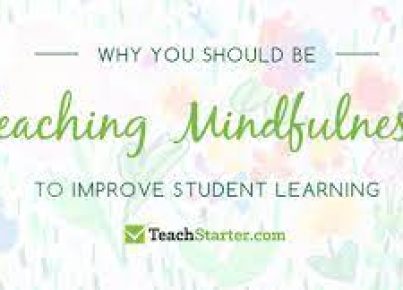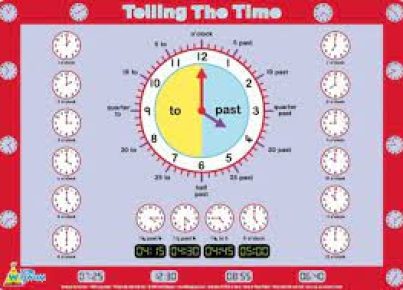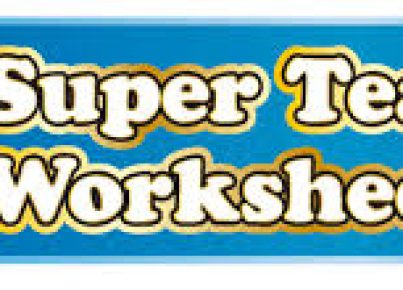Introduction
Differentiation is the process of adapting instructional strategies and learning activities to meet the diverse learning needs, styles, and preferences of all students. As educators, it is our responsibility to ensure that each student has an equal opportunity to learn, understand, and grow, regardless of their abilities or challenges. In this article, we will explore practical suggestions for implementing differentiation in the classroom.
1. Assess and Understand Student Needs
Before you can begin differentiating your instruction, you need to understand the unique needs of your students. Use both formal and informal assessments to gather information about their skills, strengths, areas of growth, learning styles, and interests. This information will help you create tailored lessons and activities that accommodate for each student’s specific needs.
2. Flexible Grouping
Flexible grouping is a powerful strategy for differentiation as it enables you to group students based on their learning needs or interests. You can group them by ability level, topic of interest, or even based on the types of tasks they prefer. This approach ensures that students work with a variety of peers while engaging in content that meets their needs and interests.
3. Differentiated Instruction Techniques
There are numerous differentiated instruction techniques that can be applied in the classroom:
– Tiered assignments: Develop tasks with varying degrees of complexity to challenge students at different levels.
– Learning stations: Set up stations with different activities that cater to various learning styles (e.g., visual, auditory, kinesthetic).
– Choice boards: Provide a menu of independent activities or projects for students to choose from based on preference or skill level.
– Scaffolded instruction: Gradually release responsibility in tasks, providing support for struggling learners while allowing advanced learners to move more quickly through steps.
4. Utilizing Technology
Technology is a great tool for differentiation as it provides personalized learning experiences and access to resources tailored to individual needs. Educational apps and online resources can offer adaptive learning experiences, allowing students to work at their own pace and level. Additionally, it can provide immediate feedback, helping students track their progress and sharpening their skills.
5. Embrace Mistakes as Learning Opportunities
A differentiated classroom should be a safe environment for students to make mistakes and learn from them. Encourage a growth mindset by emphasizing effort, resilience, and progress rather than perfection. This approach fosters self-confidence and motivates students to challenge themselves in their learning pursuits.
6. Continuous Reflection and Adjustment
A successful differentiated classroom requires ongoing reflection and adjustment based on student needs. Regularly reassess student data and observe performance to evaluate the effectiveness of your strategies, making adjustments as needed to promote improvement in learning outcomes.
Conclusion
Differentiation is an essential component of a successful, inclusive learning environment where diverse student needs are met and valued. By applying these practical suggestions, you can help ensure that all students receive the best opportunities for success in their educational journey.





